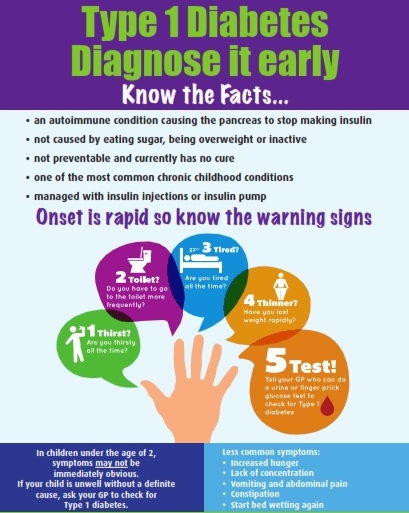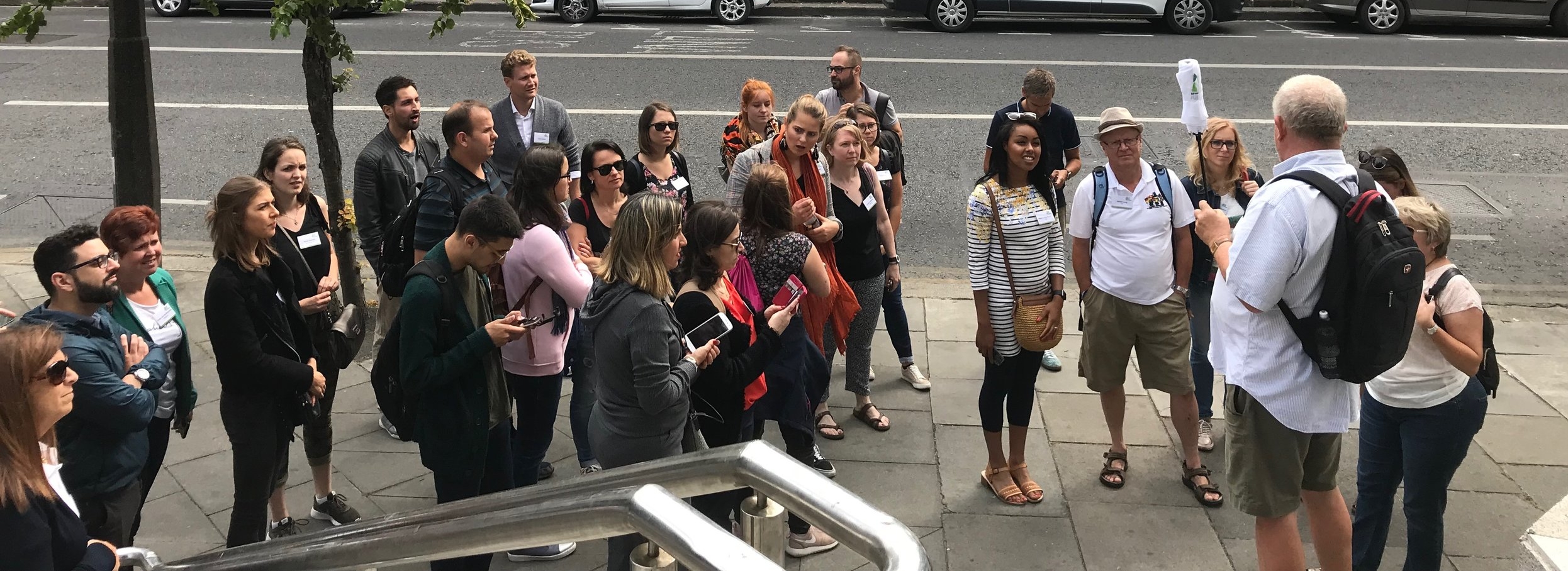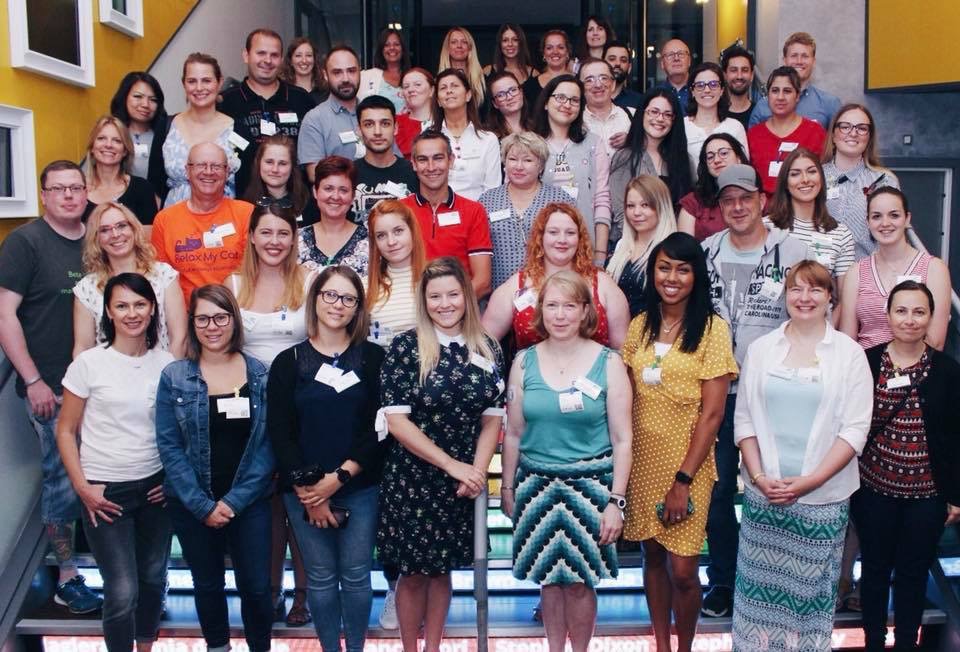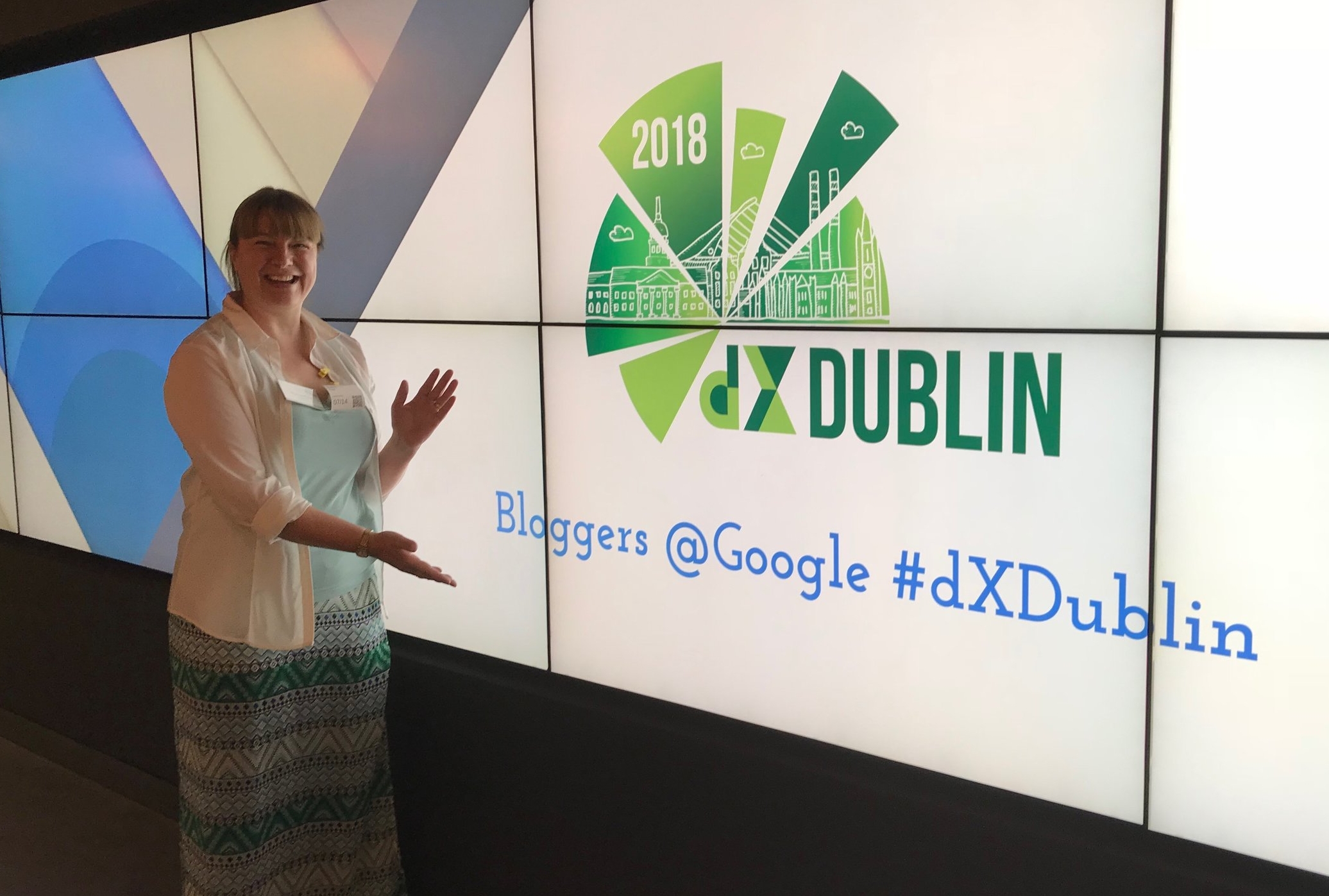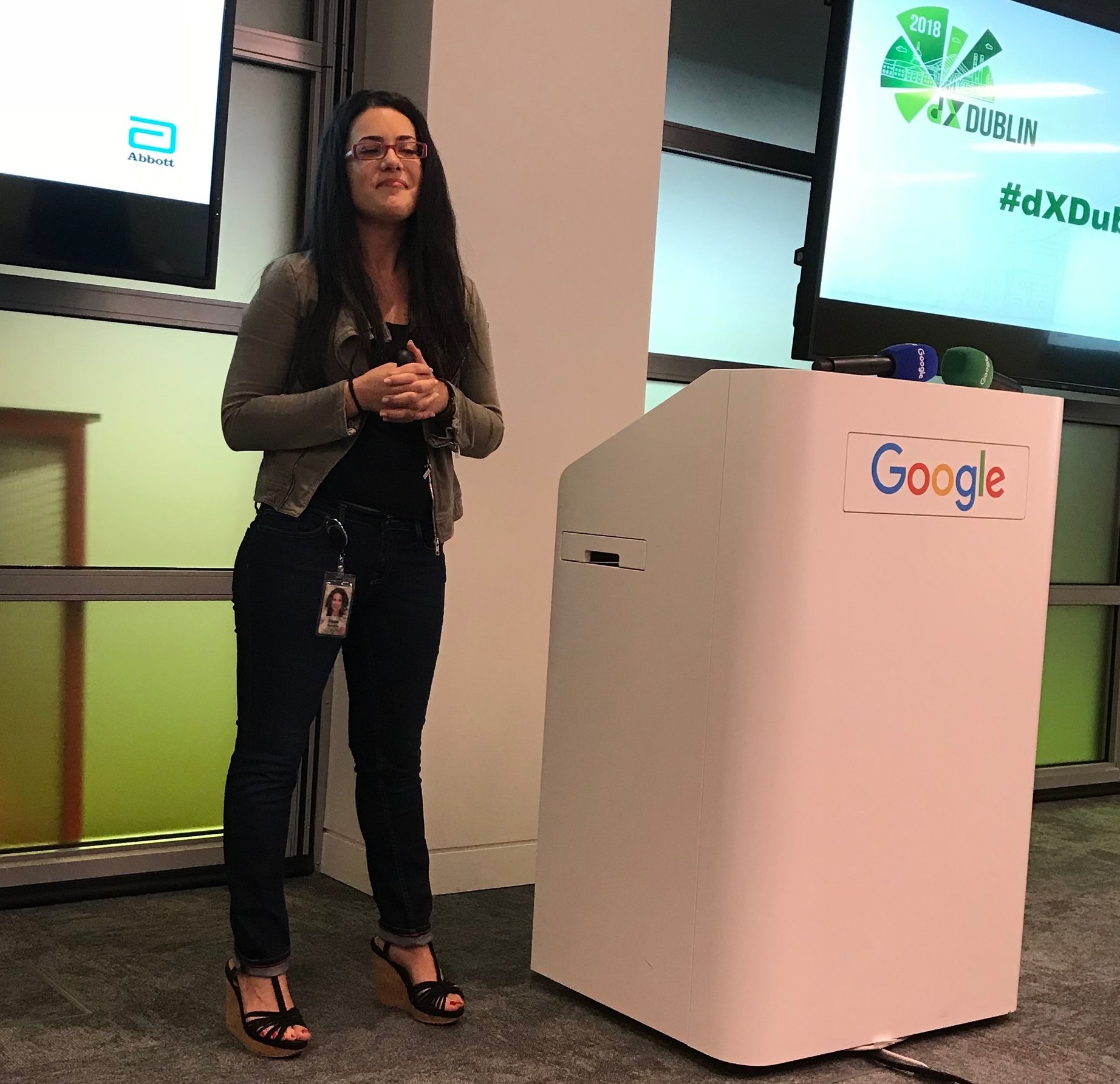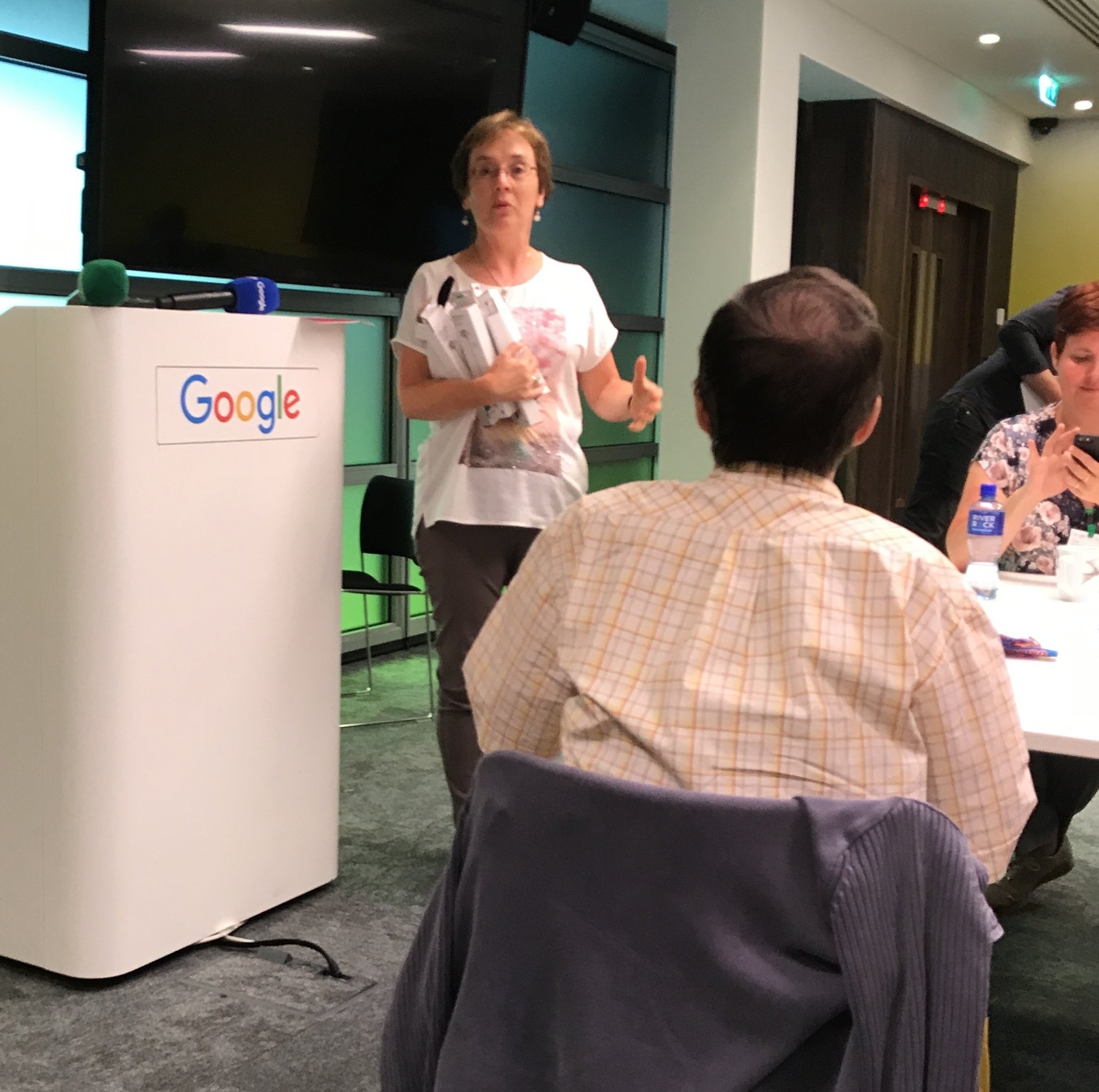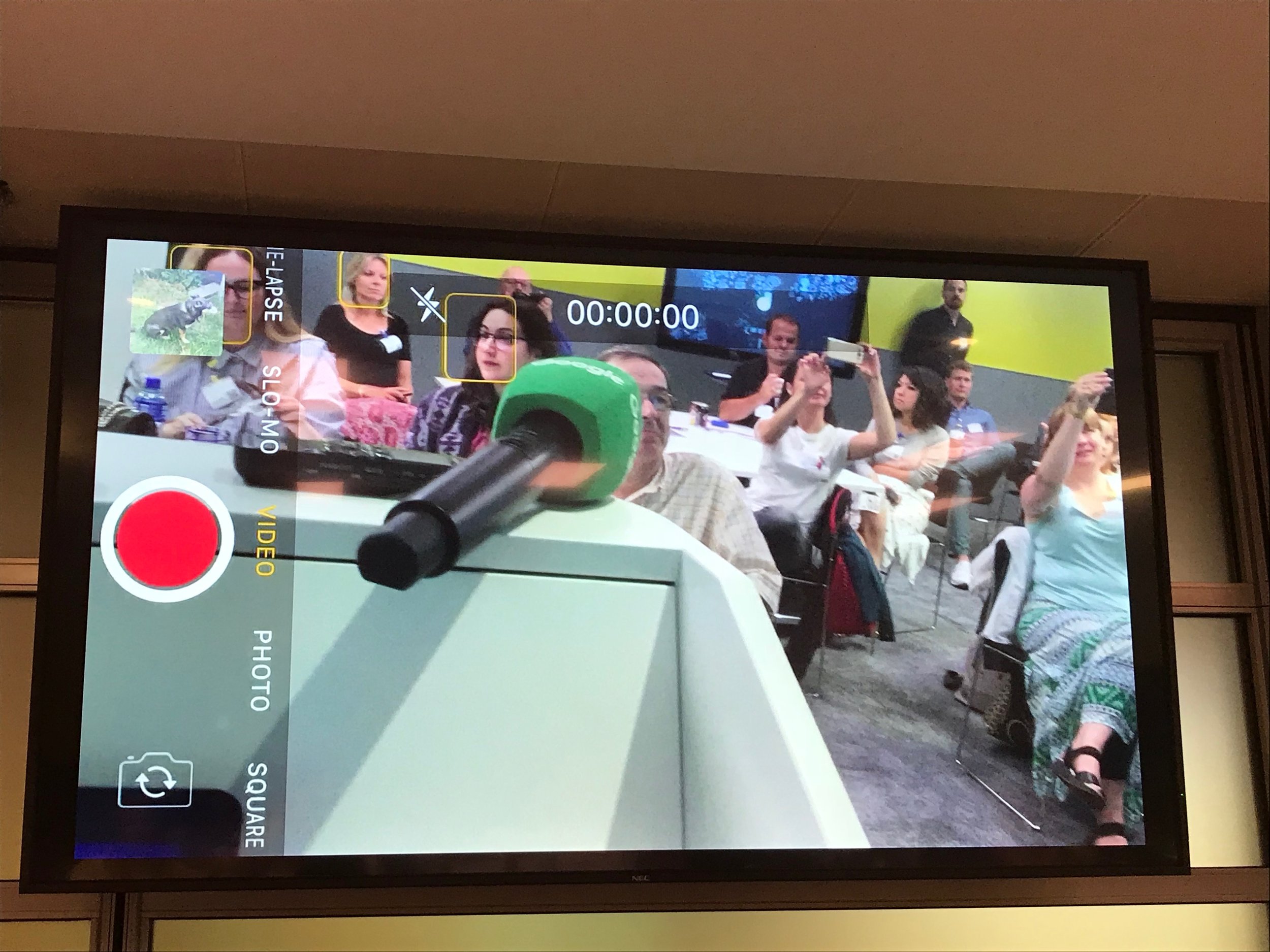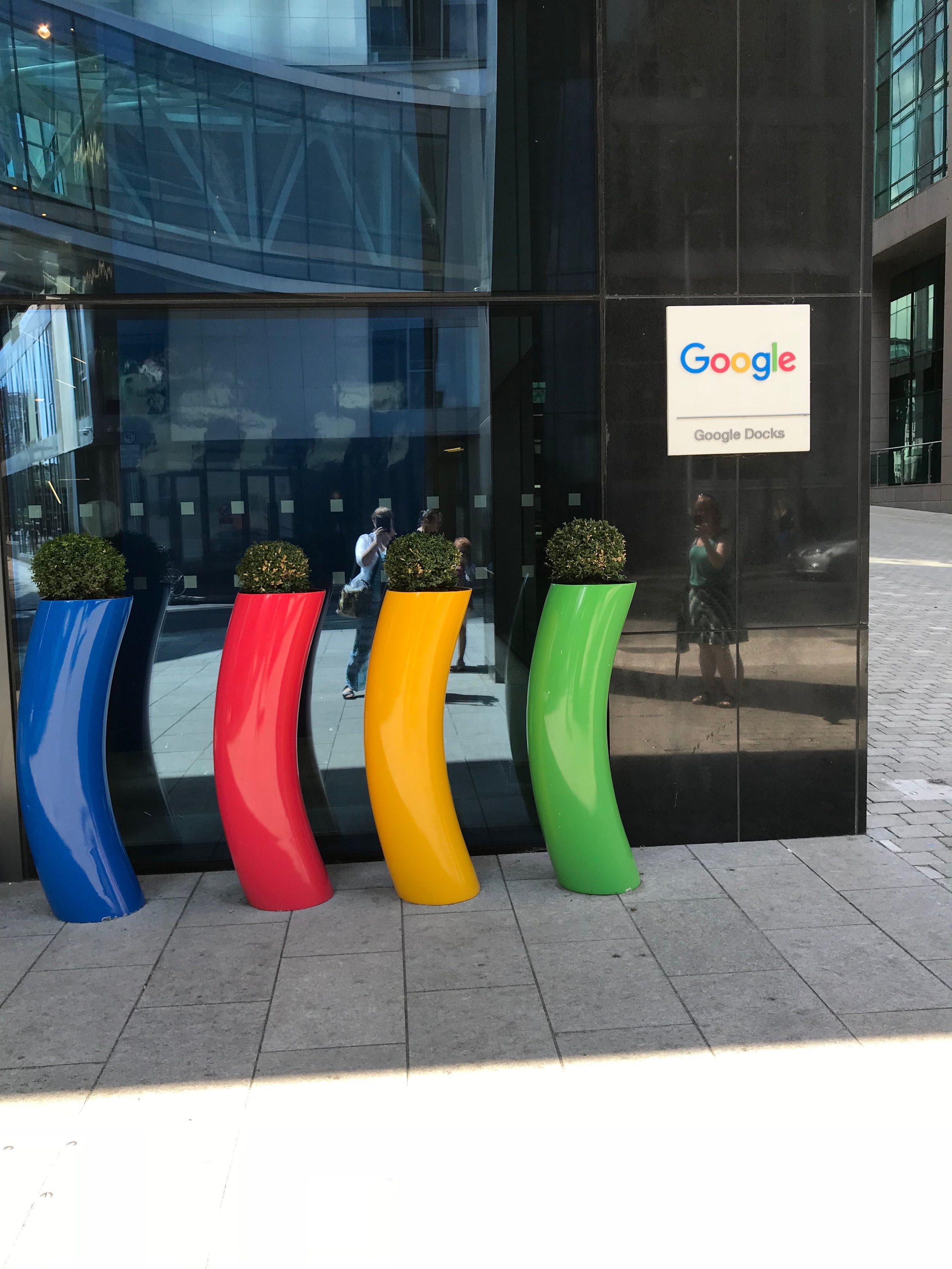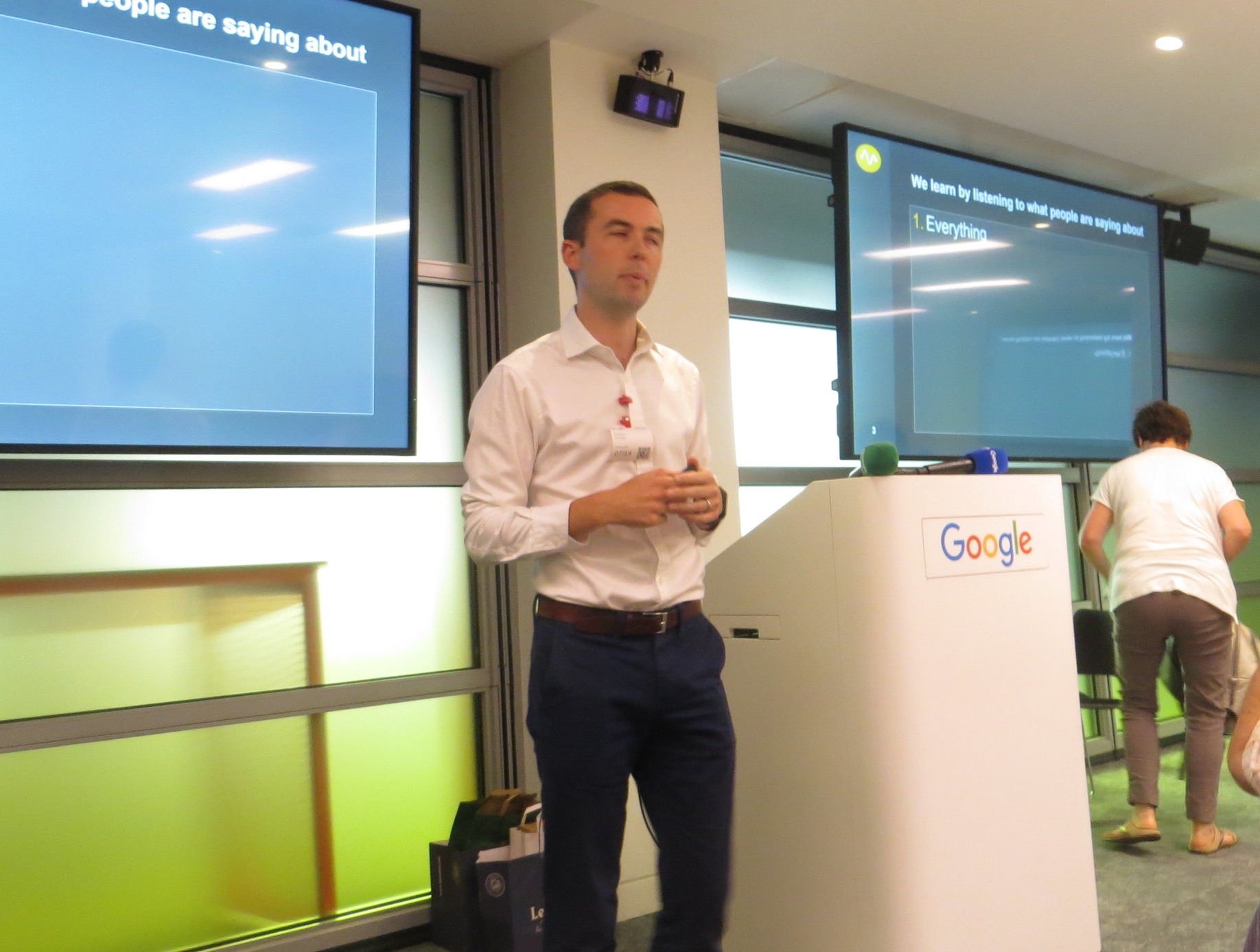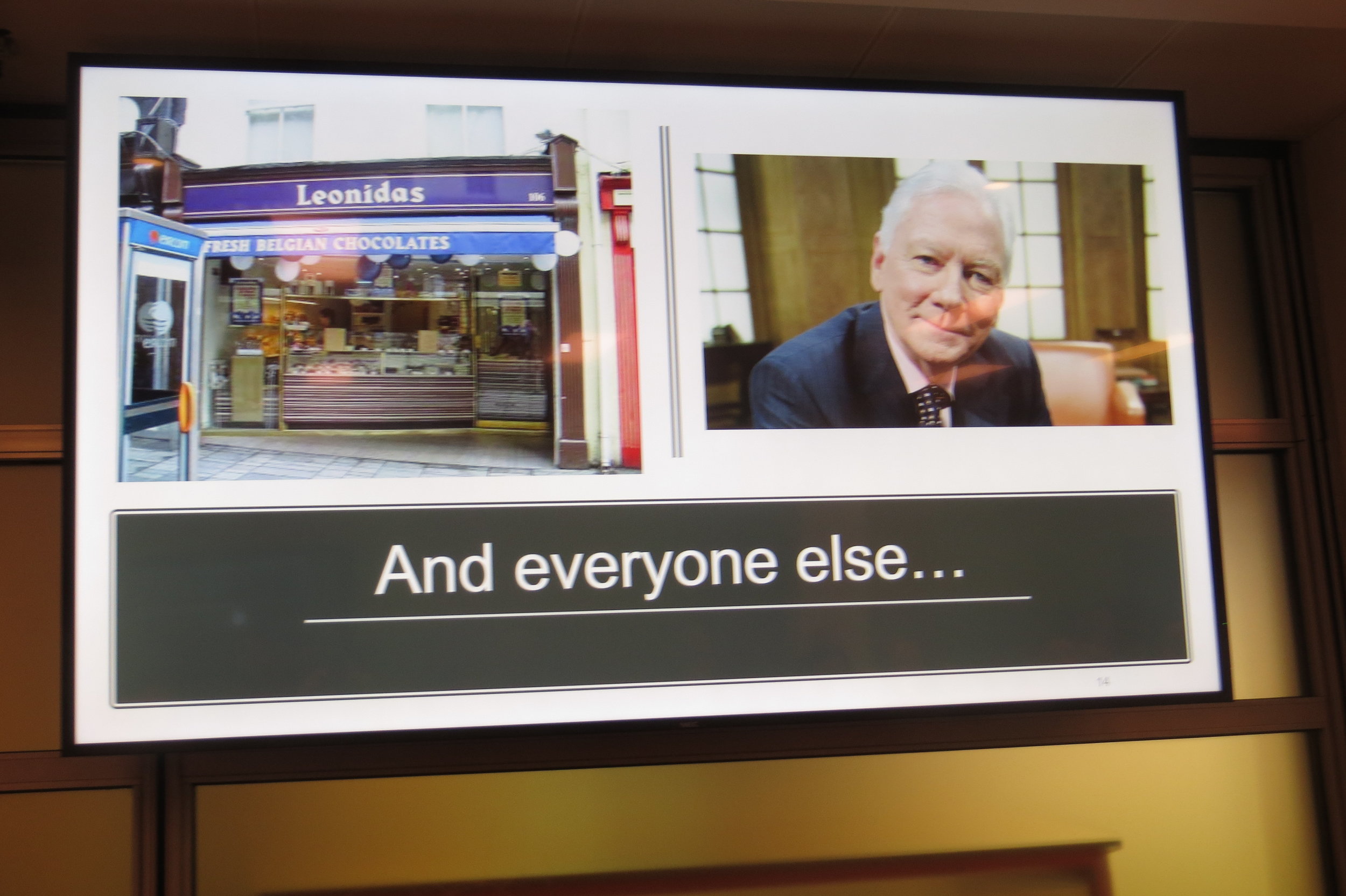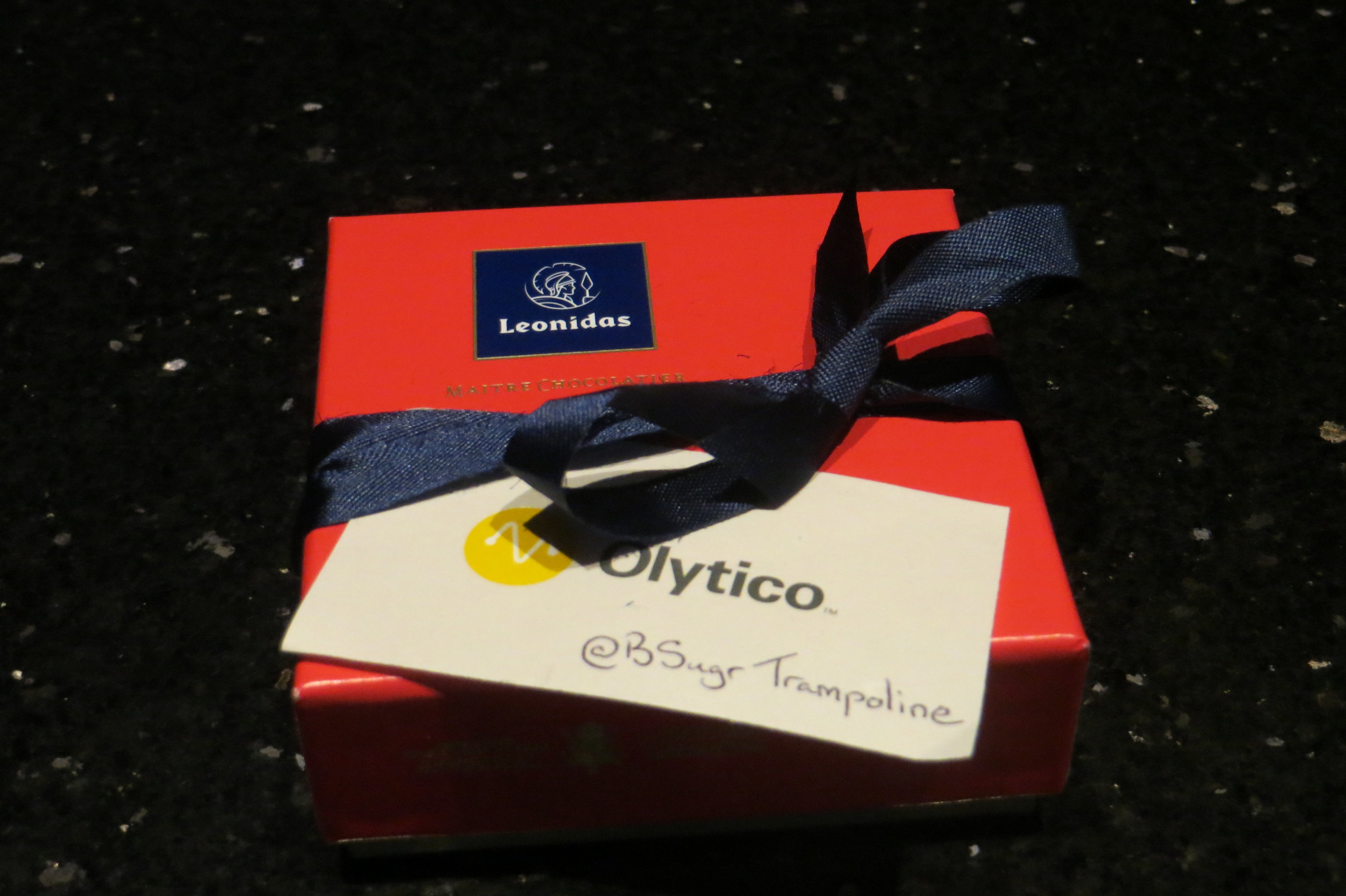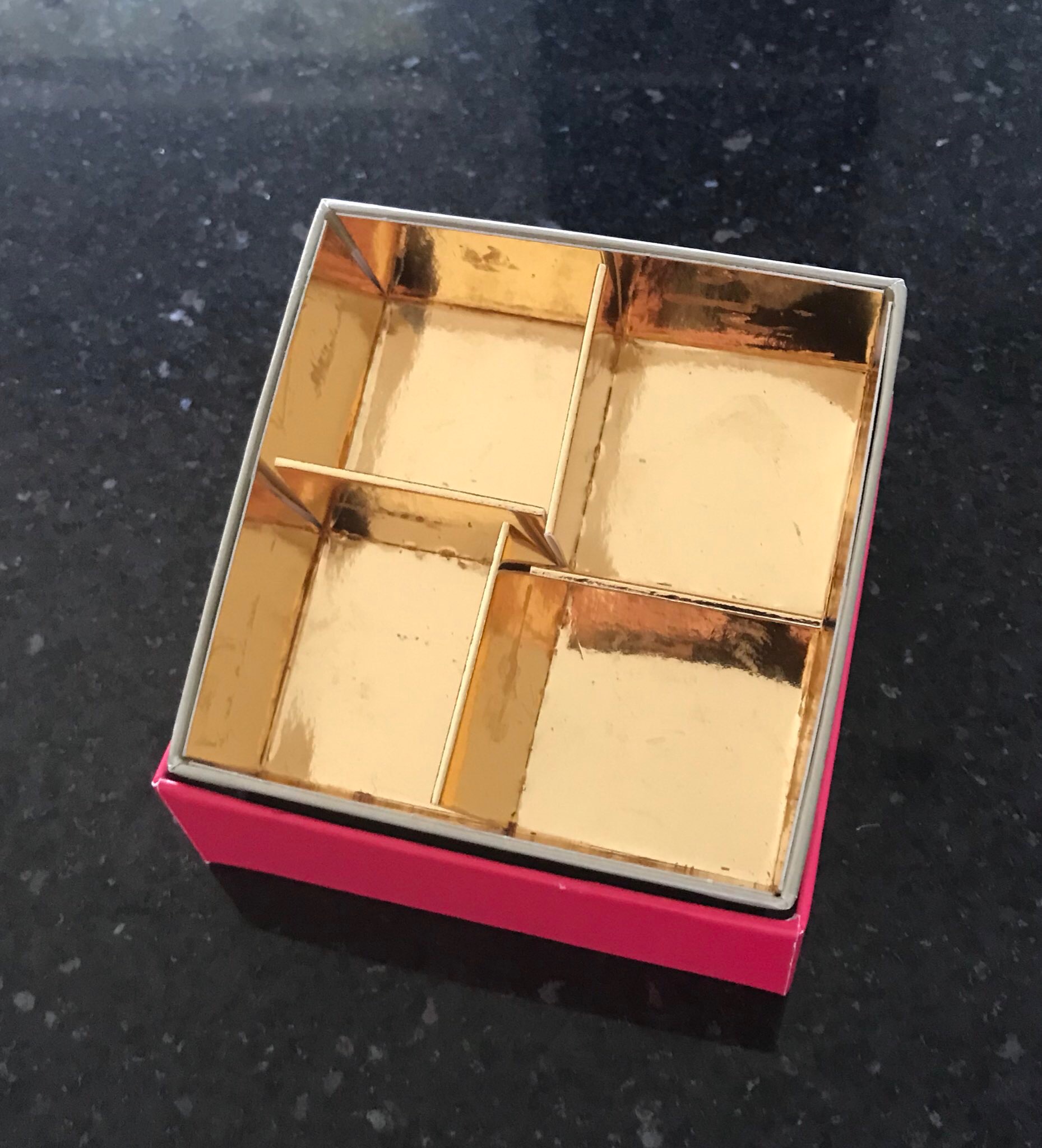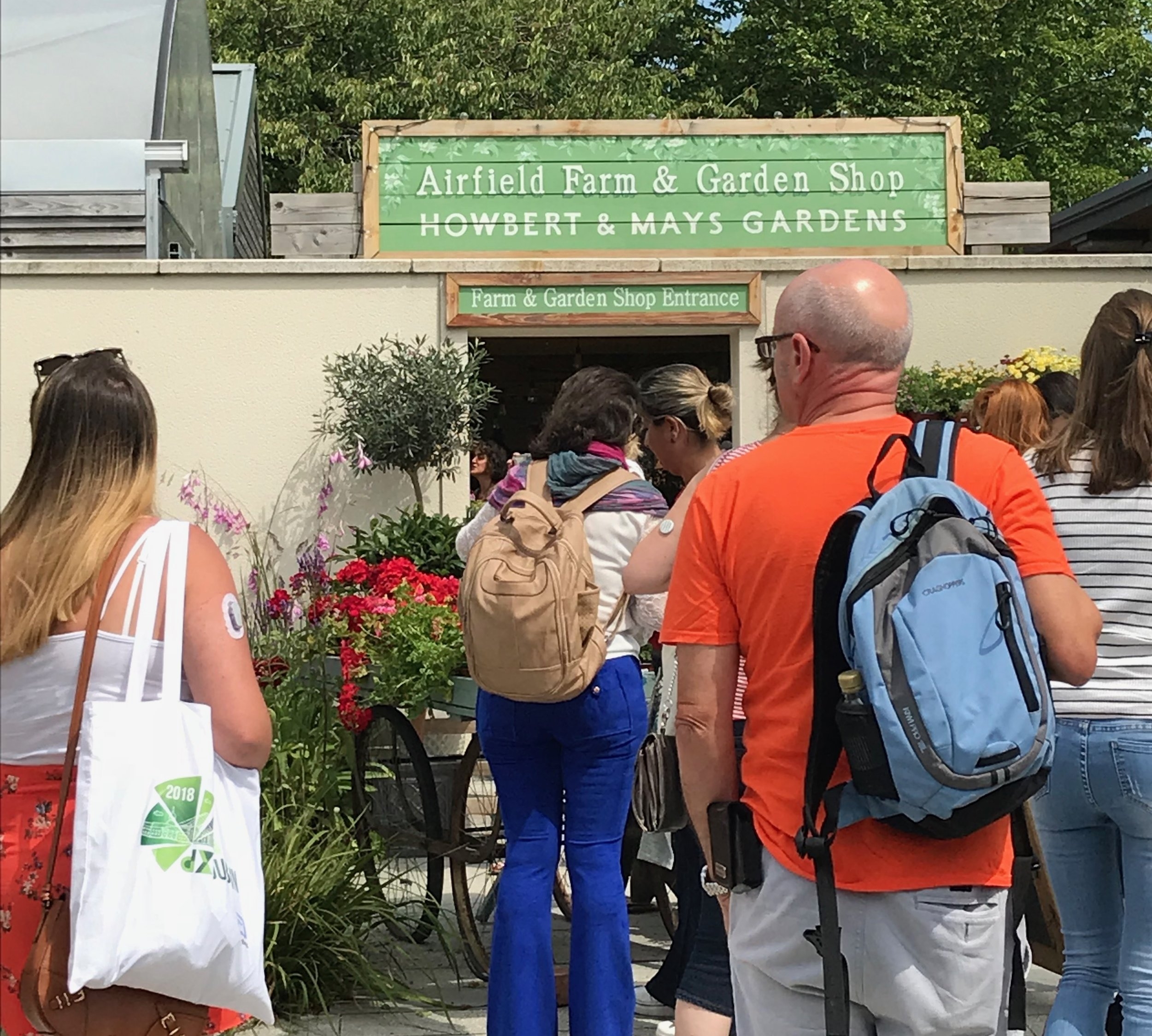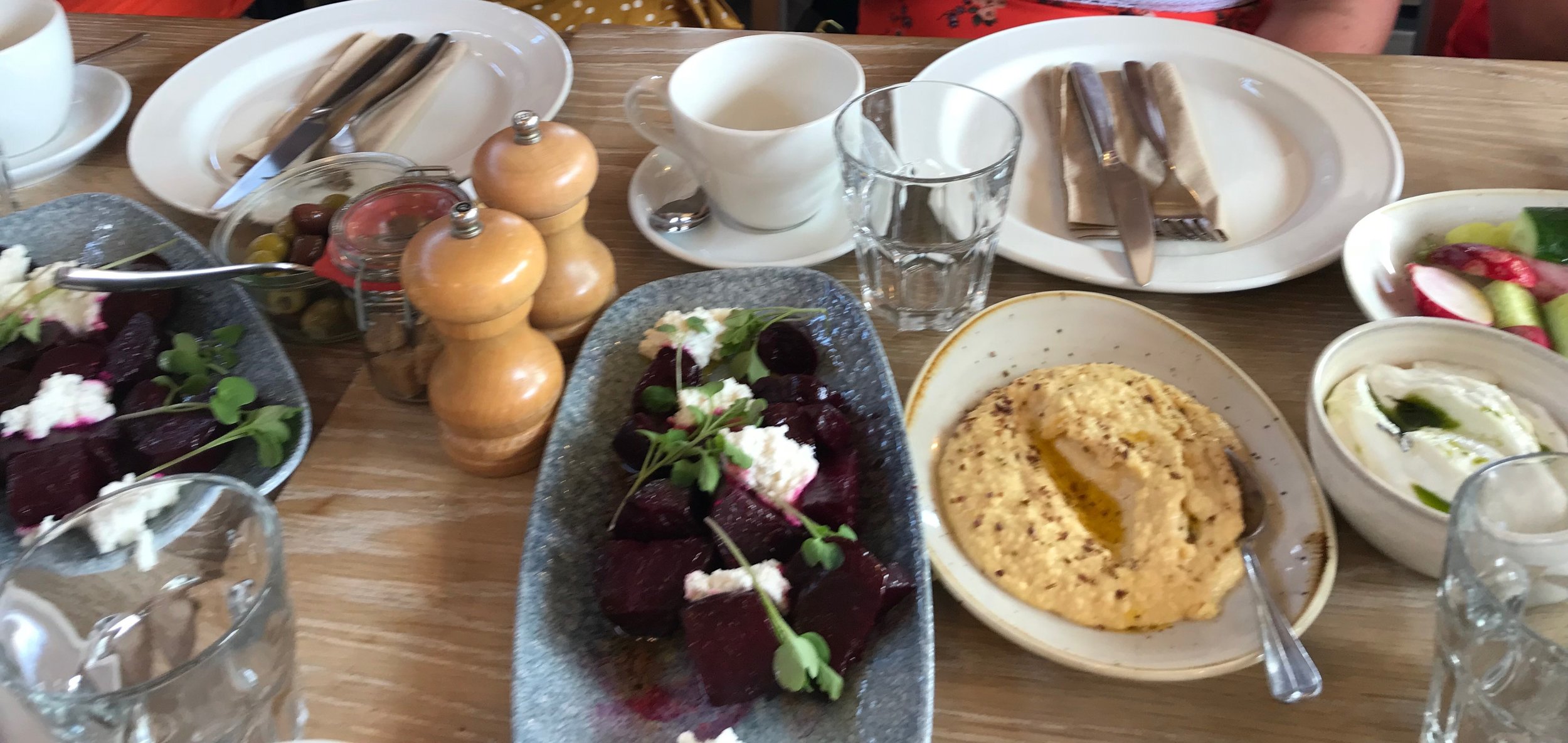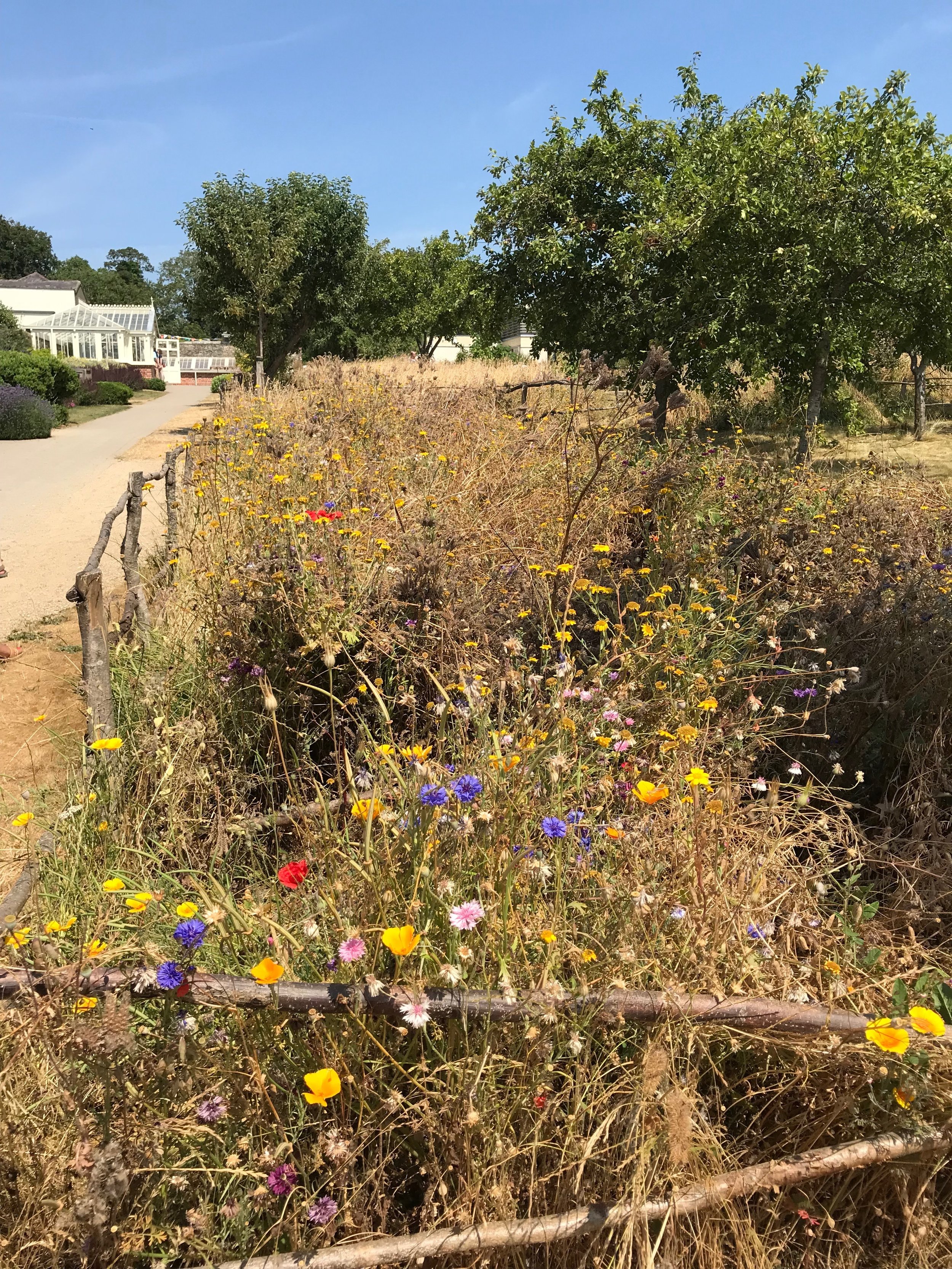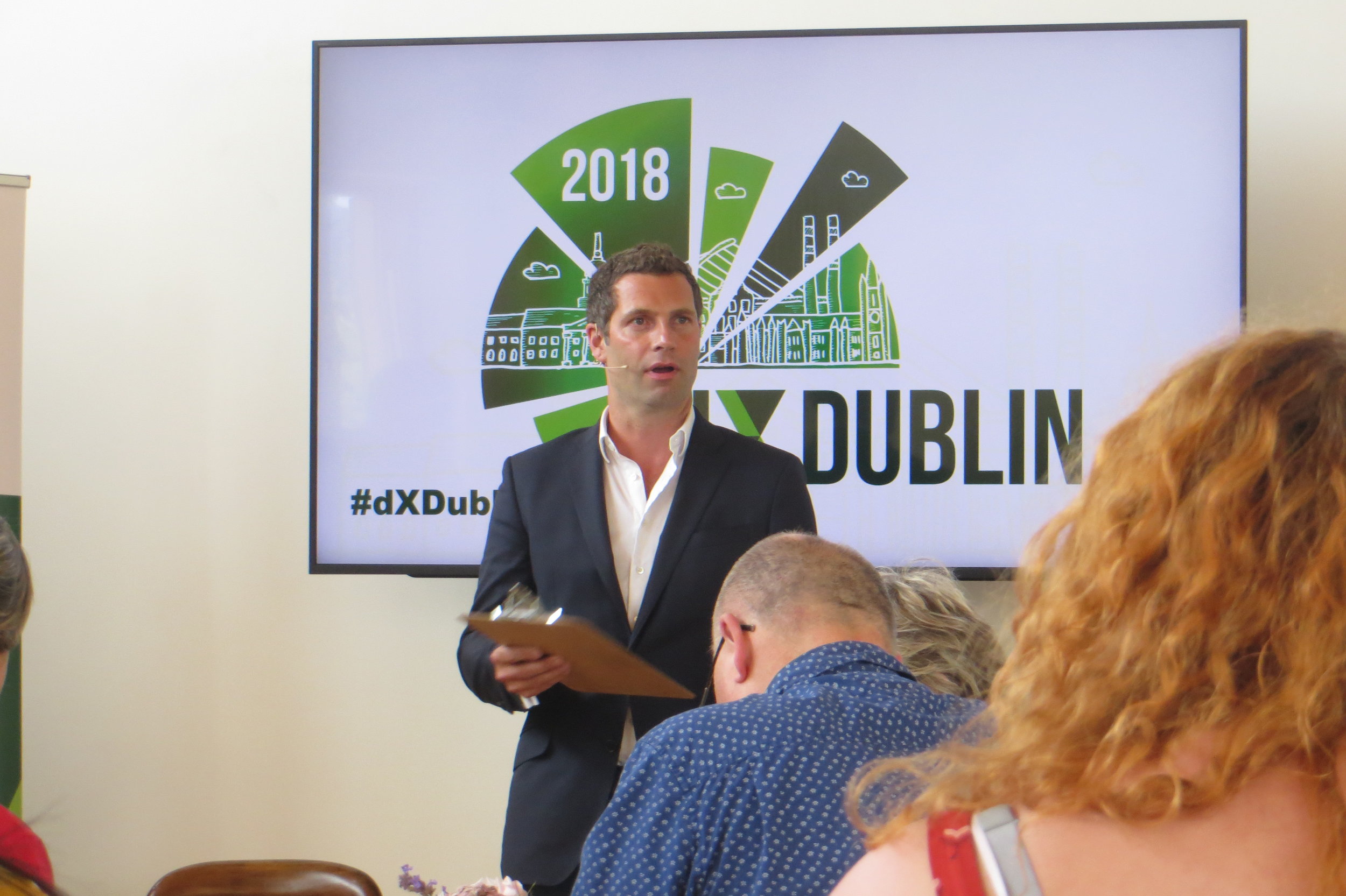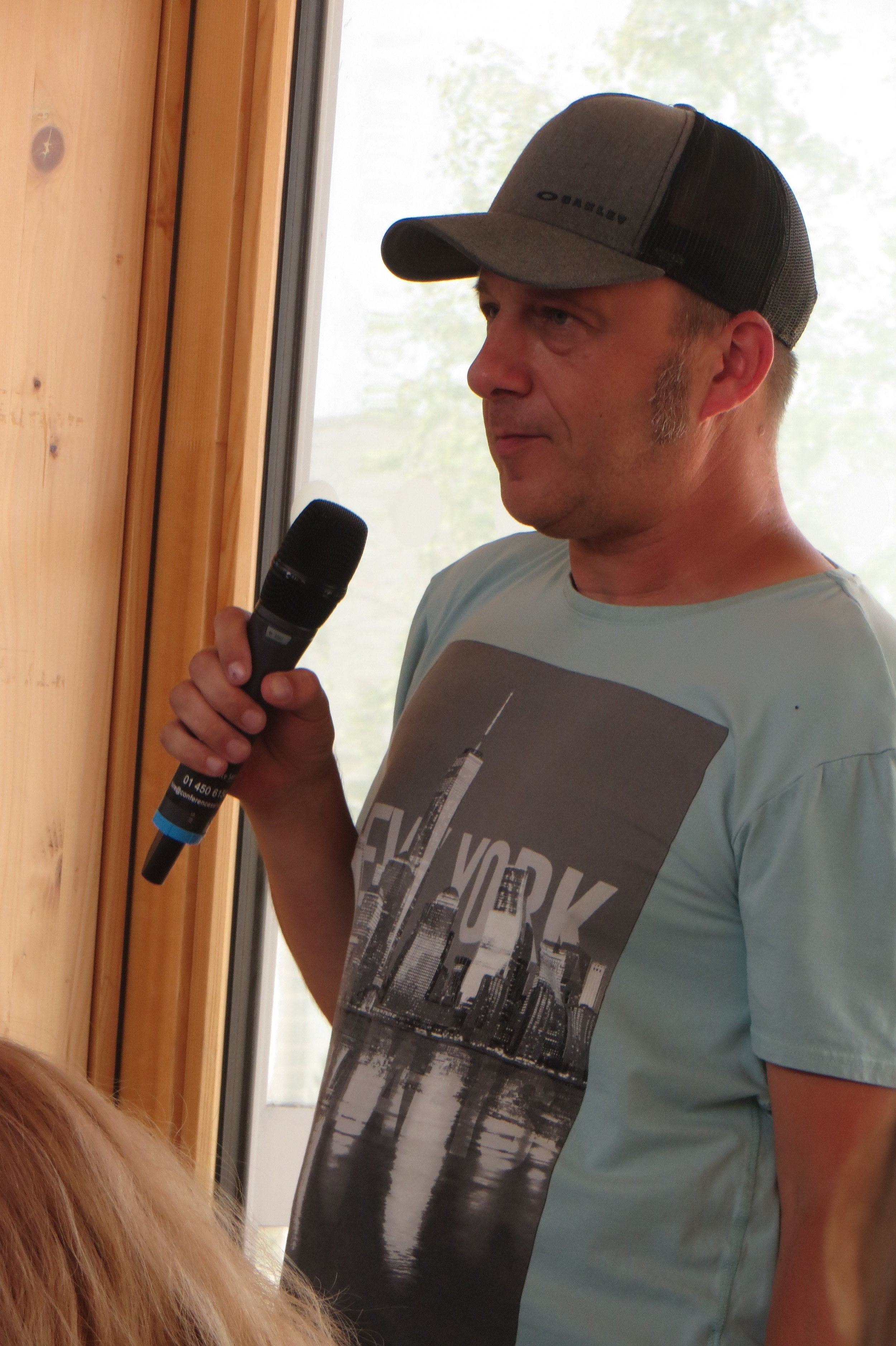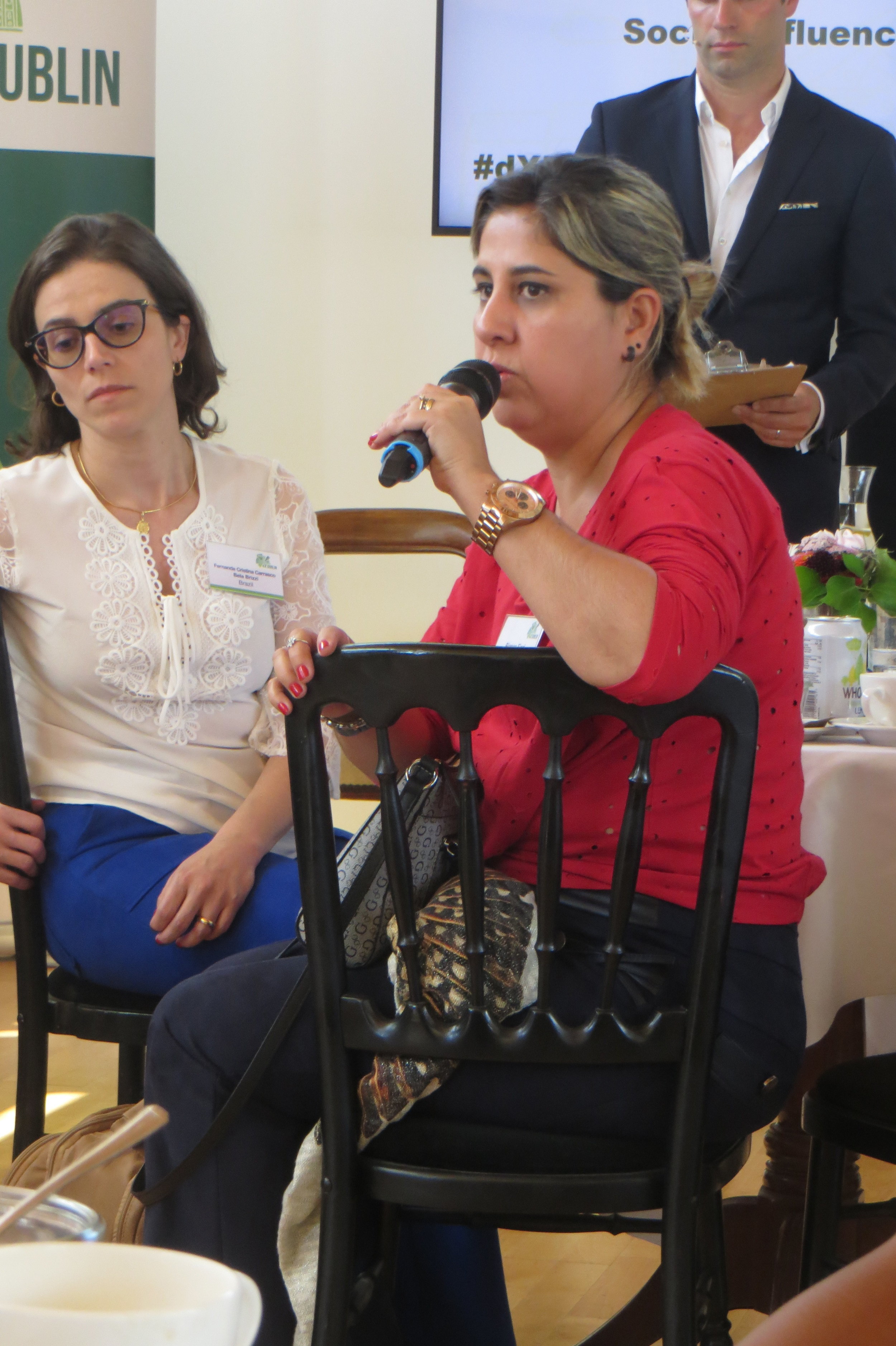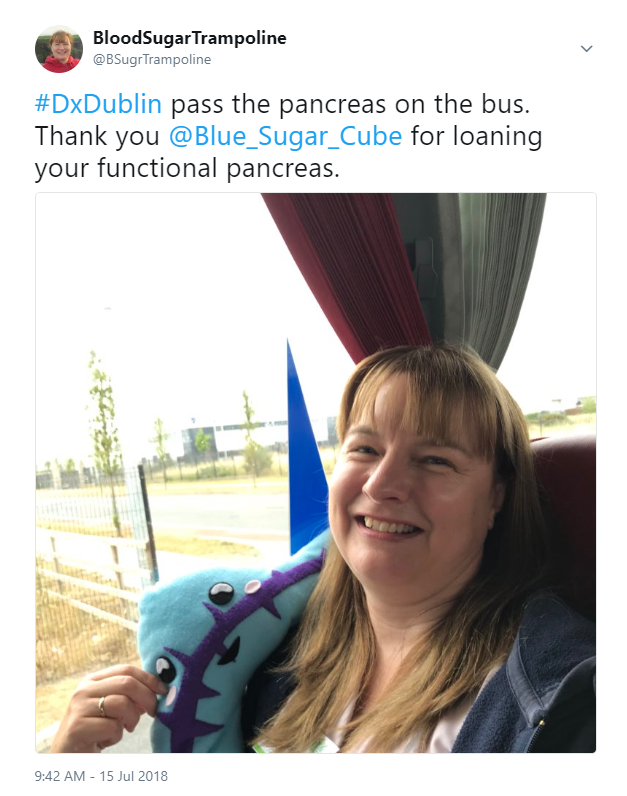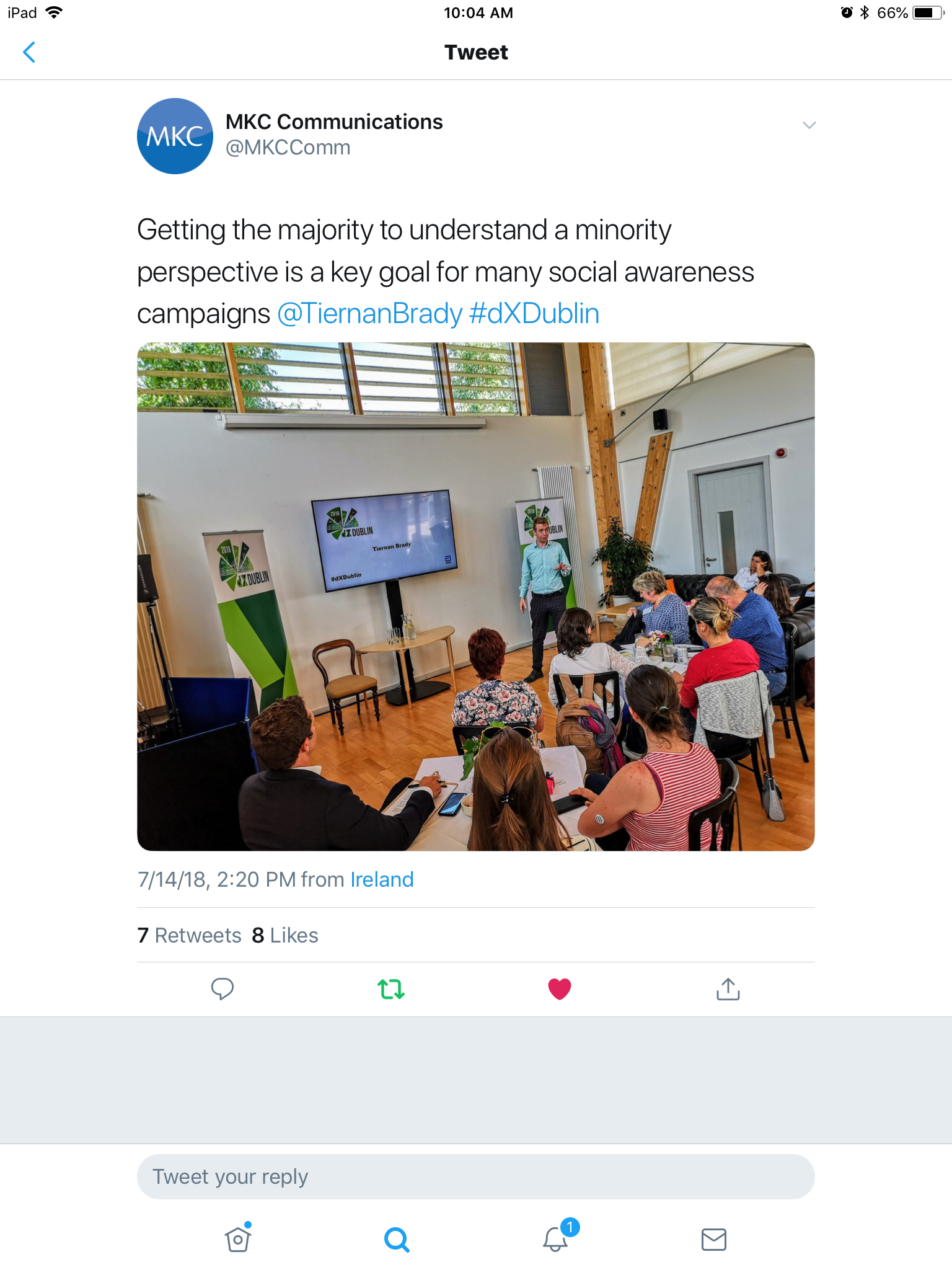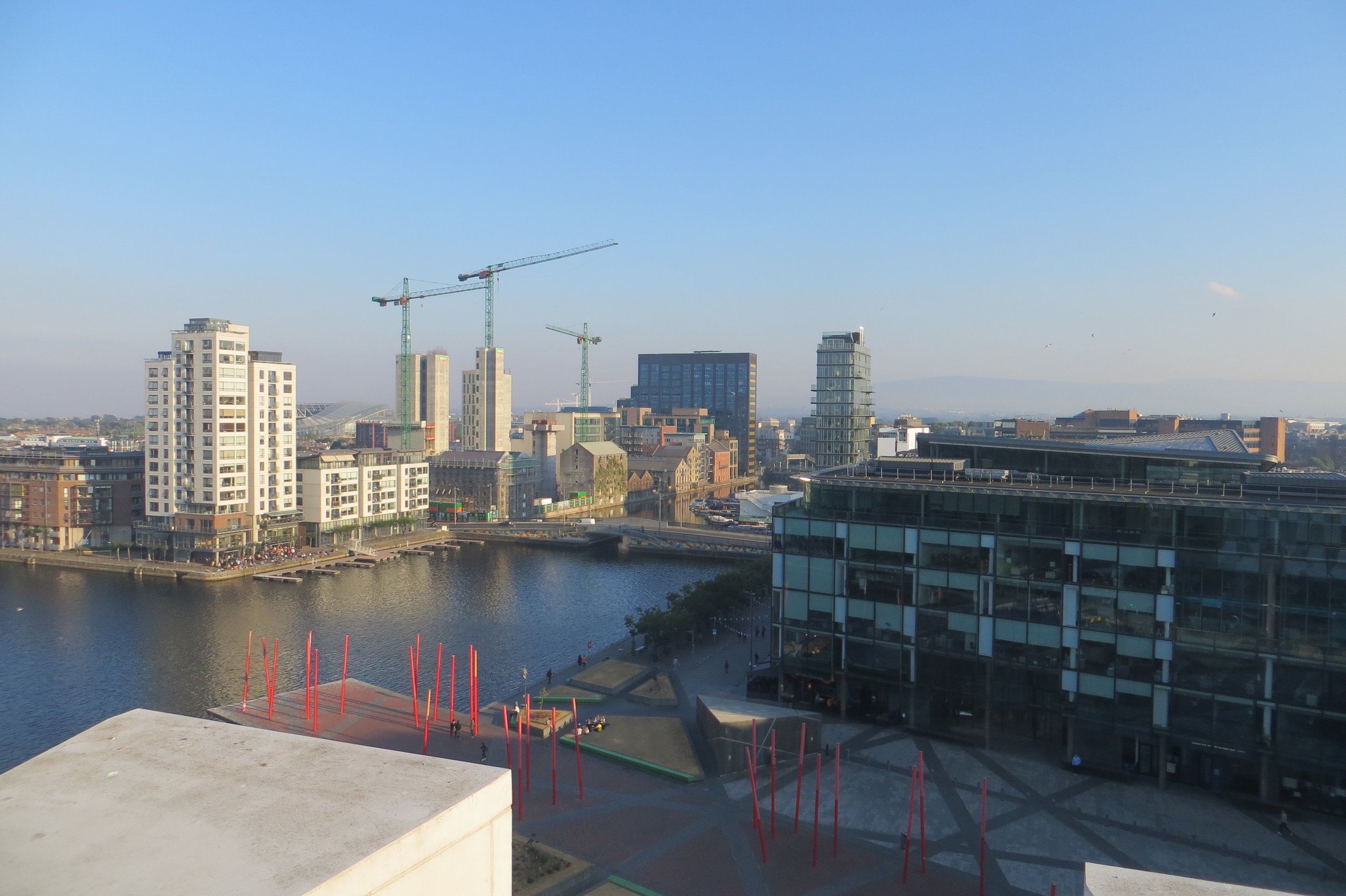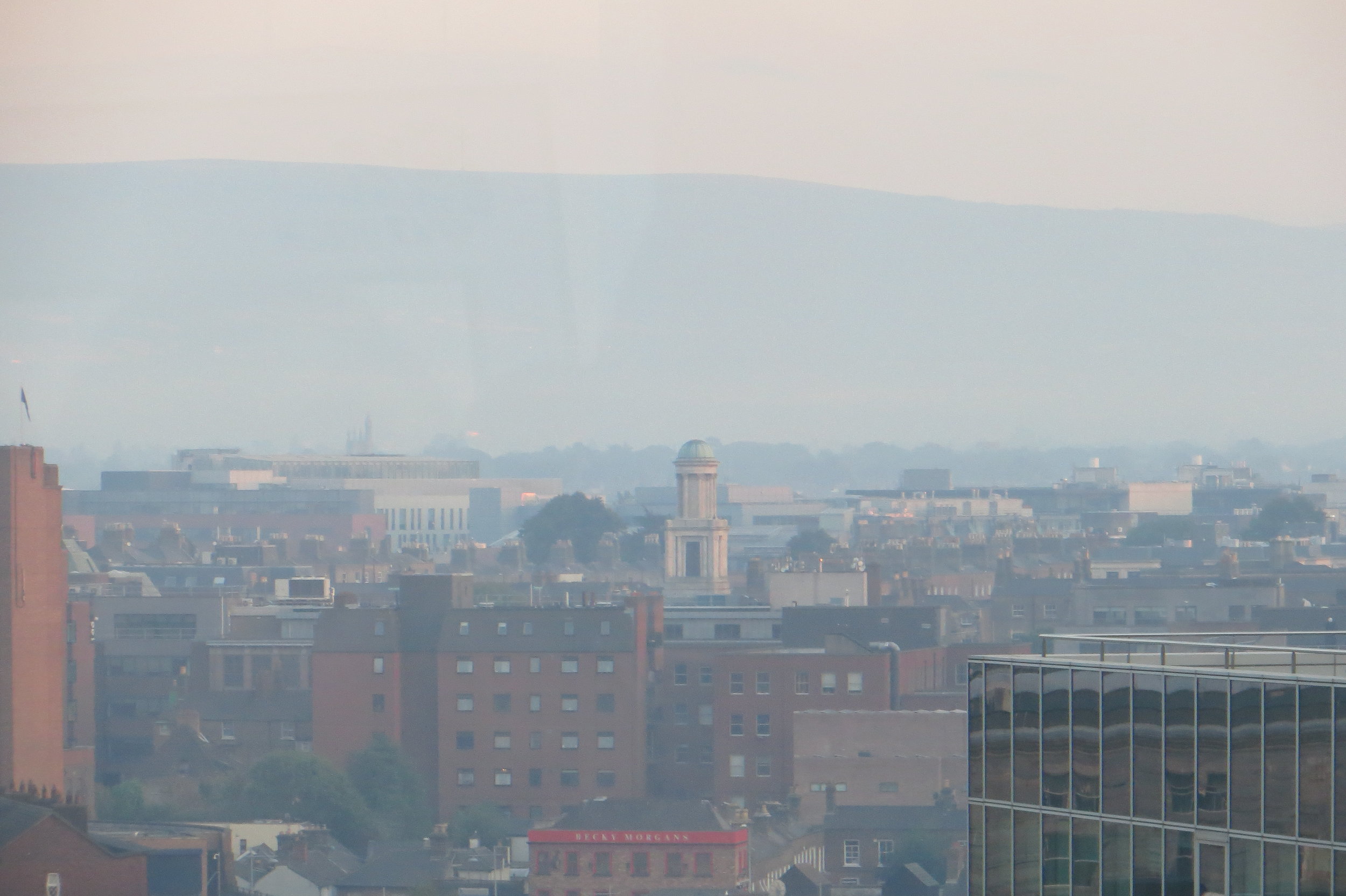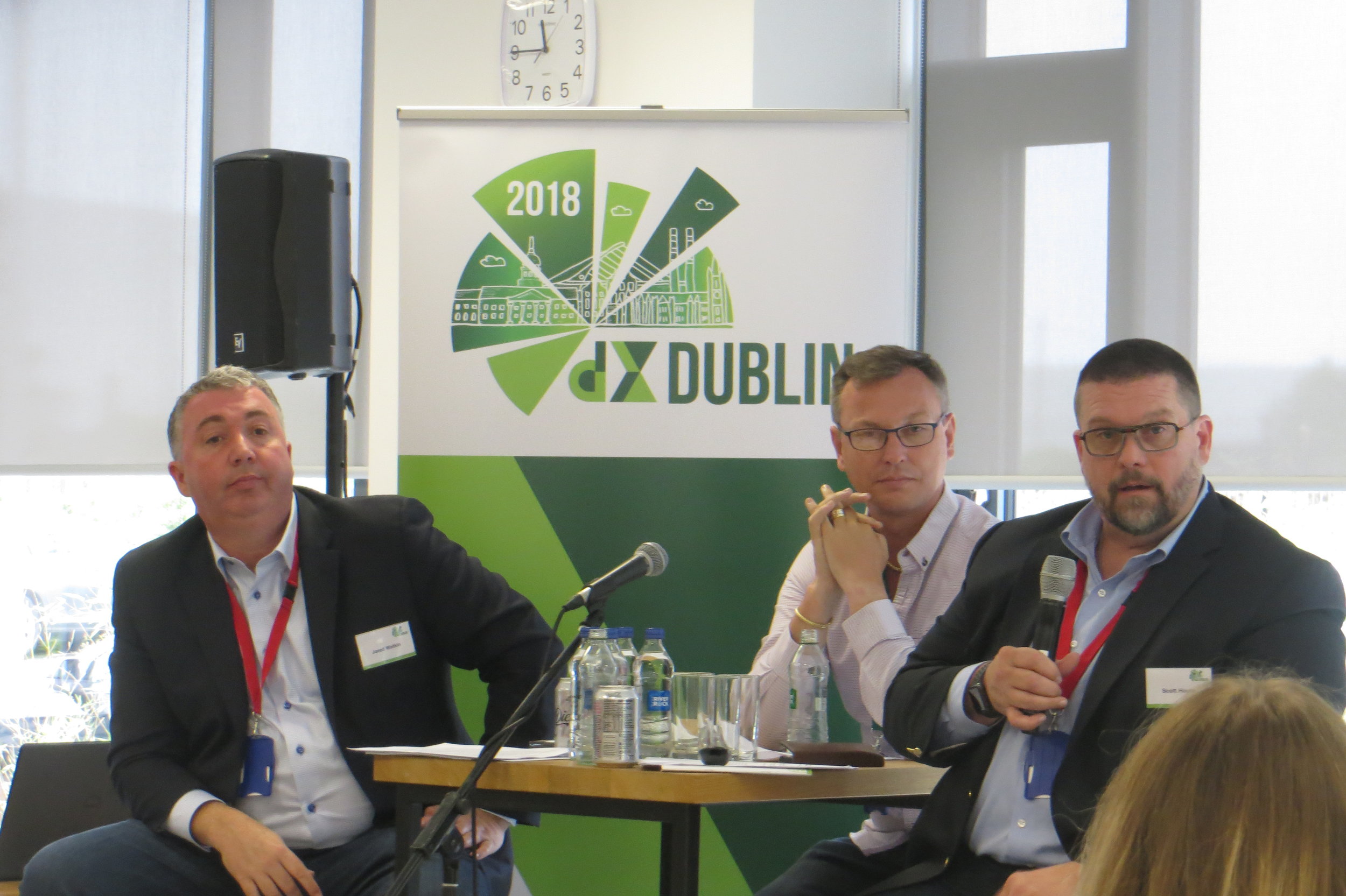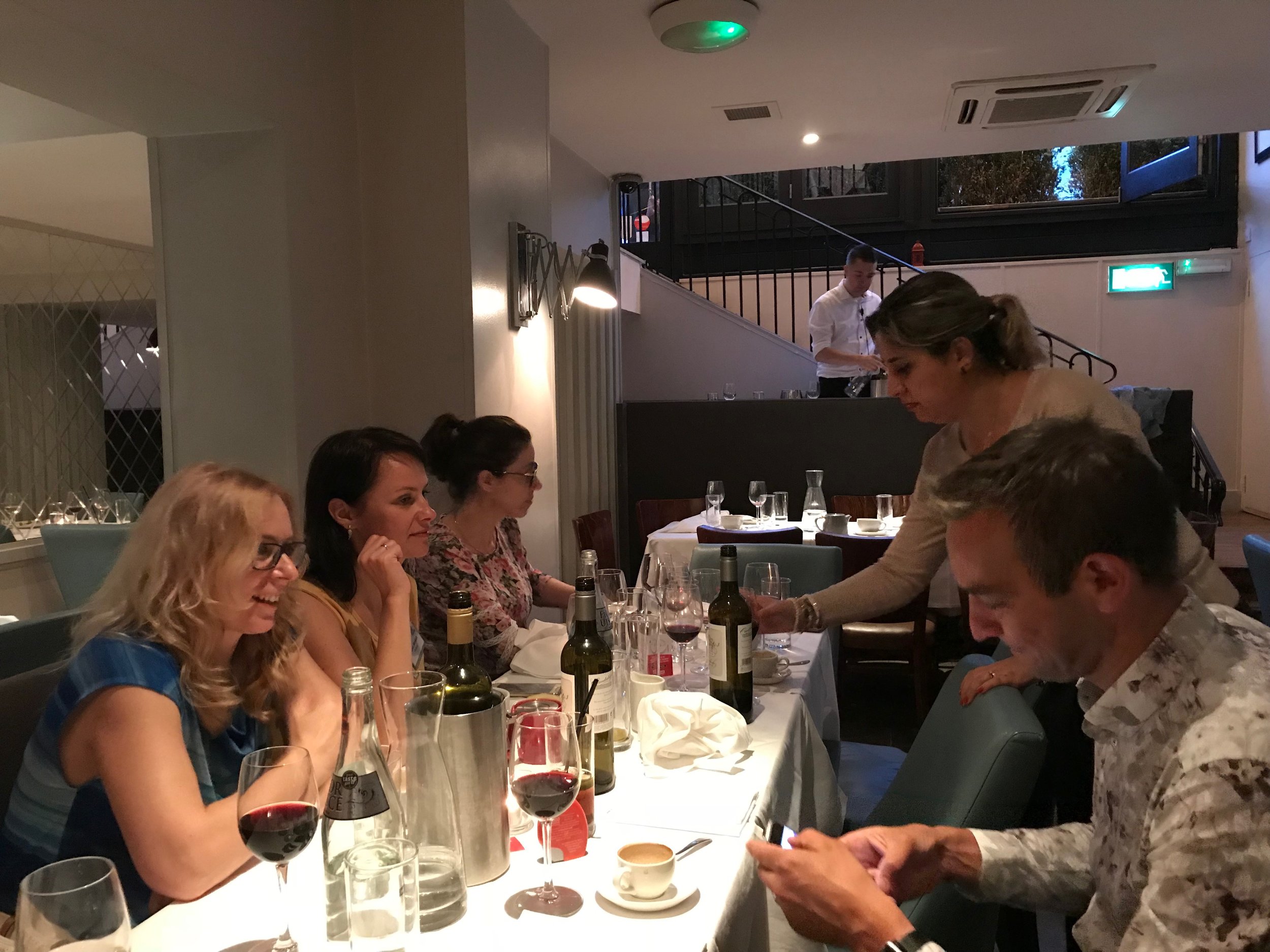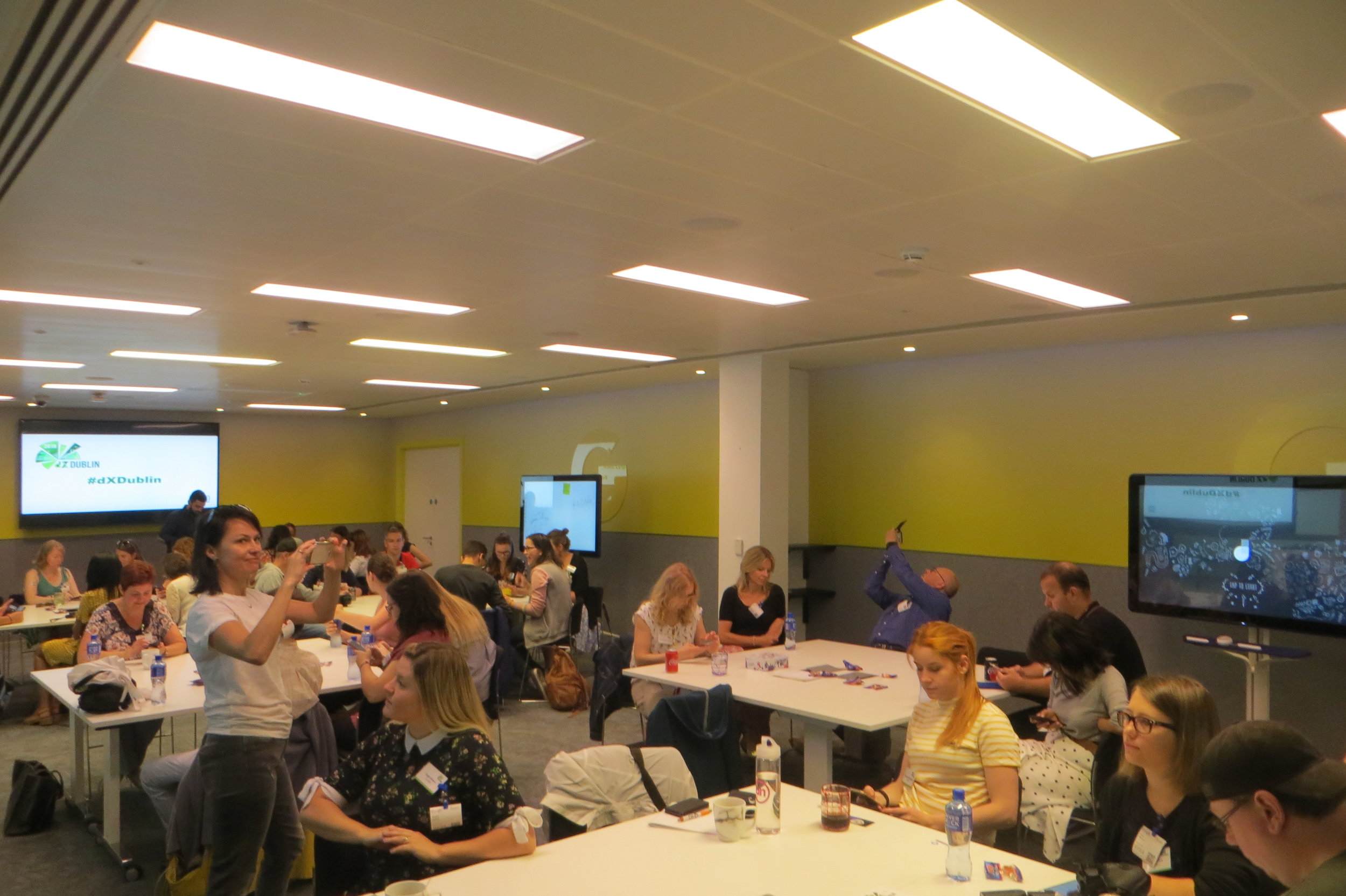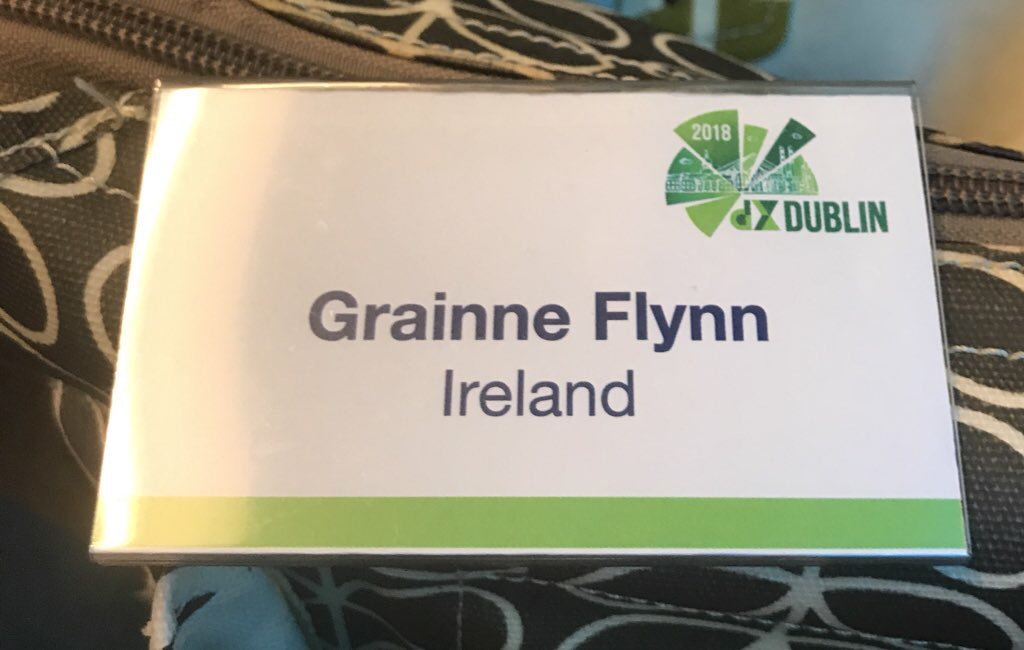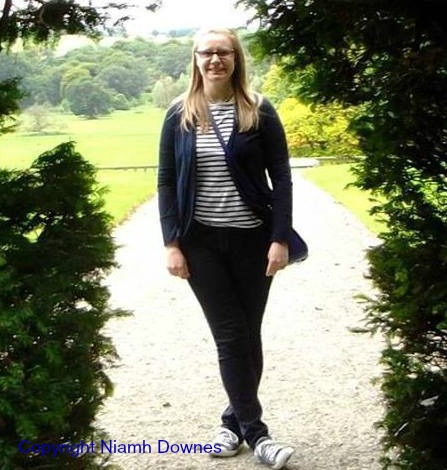Some of us know that diabetes care in Ireland is not where is should be. One way to help improve our service is to speak up: be an advocate. Speaking up isn’t for everyone but we do need to hear more voices in this area to be heard more. Anyone can be an advocate. But how? Where do you start?
I am not an expert in diabetes advocacy but I have learned a couple of things over the years that help guide me and may help you if this is an area you would like to get involved in. I also read a lot of blogs from fellow diabetes advocates around the world and continue to pick up new tips from those.
However, one of the many events where I’ve learned the most was a conference organised by Diabetes Ireland in 2010. It was chaired by the then head of Advocacy and Communications, David McMahon. At this conference, I learned a little about how this first diabetes advocacy campaign was going to work and about collaborating with others. I don’t have any notes of videos from that conference but it is all ingrained in my brain because I’ve used it so many times in the last eight years.
Another event I attended was the Diabetes Hands Foundation MasterLabs Conference in 2015, which focused on helping people with diabetes speak up and influence local decision makers about health care policies. What I learned at this equally useful conference I can share with you because the presentations are still available on youtube and still relevant. Each presentation varies in length and well worth your time.
Since then, the Diabetes Hands Foundation has since been dissolved but the diabetes community group attached to it is now part of Beyond Type 1.
Presentation 1: Alert the Media, now what!
Stacey Simms, broadcaster, blogger, Diabetes Connections broadcaster.
Stacey Simms is the producer and host of a weekly podcast called Diabetes Connections. For more than a decade, Stacey hosted a top-rated morning radio news show in Charlotte, North Carolina and has worked as a TV anchor and reporter with won her several Associated Press awards in her time as a TV medical reporter.
Her son was diagnosed with type 1 diabetes in December of 2006, before his second birthday and shortly after she began advocating for type 1 diabetes.
In this video, Stacey give you tips about how to tell your story and how to get the attention of the media and some tips on what to do if you actually do get that interview.
I have shared all of my notes from Stacey’s presentation that day with anyone who needed them. Yeah, that useful!!!
Presentation 2: Just Be Yourself: Building Your Brand to Advocate for a Cause.
Amy O’Connor, Senior Director, Digital and Social Media Communications, Eli Lilly.
Amy has since moved on from Lilly but still remains a leader in the Social Media Communications world. She talks about all the different social media platforms and advises on how to best use them to communicate with your audience. She focuses on the 4 E’s of Engagement - Educate, Empower, Engage, Evolve.
Her tips include:
People remember stories- so tell yours.
We have only 7 seconds to get the attention of someone, to tell them what we want them to do and why. Use it wisely!
It’s not just about being online. People need to take action offline too.
Does it matter and who care what I have to say? Yes! Politicians care. 30% of policy makers change their position because of what they read online.
Presentation 3: Completing Our Missions: Crafting Powerful Messages for Powerful Audiences
Emily Coles, Diabetes Hands Foundation
At the time, Emily Coles was Head of Communities with Diabetes Hands Foundation and hosted a series of videos in her role. Emily talks about how she planned to tackle an opportunity to speak to a large unknown audience to advocate for the needs of people with diabetes.
Some of Emily's Tips:
Find a your hook/story (Emily used the WW2 aircraft)
Tell your audience what your mission is and ask them how they are going to support your mission.
Presentation 4: A More Effective Advocate
Ken Moritsugu, MD, MPH, acting surgeon General 2006-2007
This! This is by far the best explanation of how to tell your story, how to connect with your audience, what tools to use. This video is only 15 minutes and if you only have time to watch one today, make it this one!!!
I still continue to learn from blog posts of fellow diabetes advocates around the world, from the diabetes organizations around the world, from collaborators in diabetes health and of course from Google. I hope that I’ve helped you in some way to speak up.






